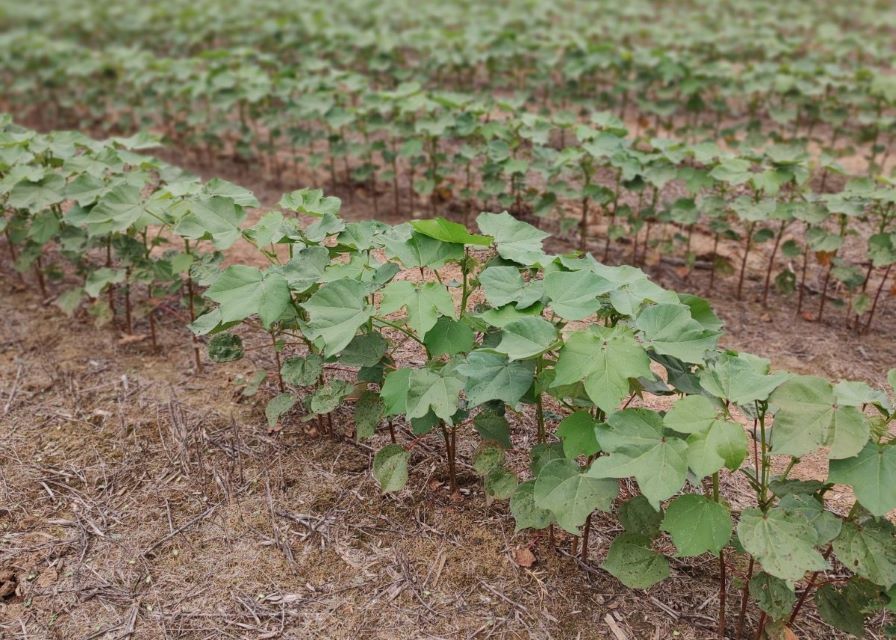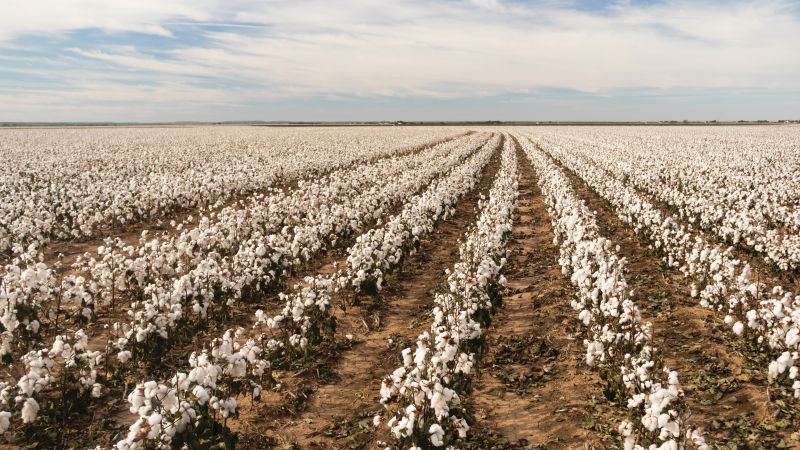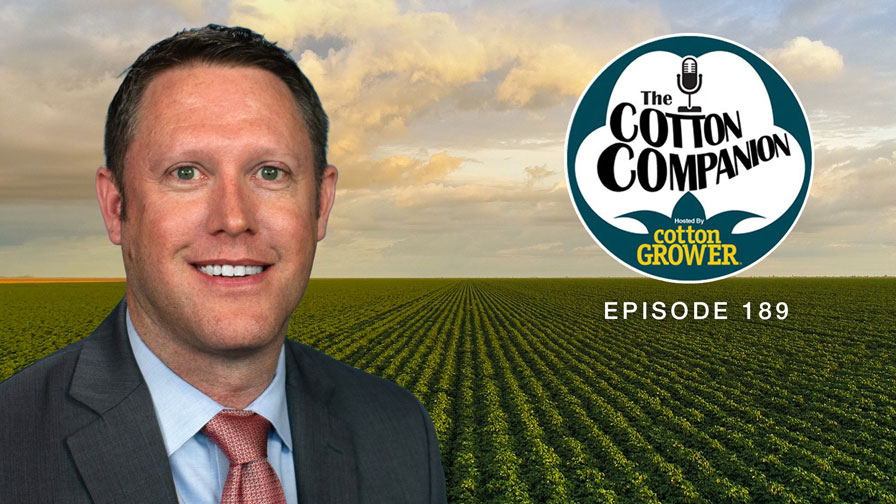Cotton Acres for 2025: It’s Complicated
I’m not sure when Cotton Grower got into the business of prognosticating anticipated cotton acreage for the coming year as part of our January issue. It was definitely before my time in the editor’s chair (thanks, everybody). But it’s an intriguing exercise that generally ends up being equal parts frustrating and surprisingly rewarding.
Maybe not as equal this year.
I’m not kidding when I say our 2025 estimate may be the most complicated number we’ve ever had to calculate. Here’s why:
- 2024 was a tough (and sometimes catastrophic) production year for many growers.
- Cotton prices and input prices are still on opposite ends of the spectrum.
- We still need a favorable safety net and Farm Bill.
- Financing for some growers for 2025 may be difficult.
- And, as I write this, harvest is still wrapping up in some areas.
It’s akin to creating something tangible from an incomplete data set. I’m not sure any amount of AI calculus could be helpful. So once again, we’ll stick our necks out and give it our best shot, because someone has to be the acreage bell cow before USDA and the National Cotton Council reveal their more scientific-based projections in February and March.
First, the usual disclaimer.
These acreage projections are based on input and conversations with multiple stakeholders in the cotton industry — our readers, state cotton specialists, economists, and others related to U.S. cotton. It’s nothing more than a reporting job with math involved, and we try to do our best with the information we get.
That said — and based on the information in hand as we went to press in early December – U.S. cotton growers are projected to plant a total (upland and Pima) of 11.04 million acres in 2025. That’s a decrease of roughly 5.4% from USDA’s final reported 2024 plantings of 11.7 million acres.
In many cases, state acreages are predicted to remain flat from the 2024 planted acres. In others, acres are projected to decline by 10-20%. And in the case of California, issues with a new statewide groundwater sustainability program (politics!) may have the potential to significantly reduce both upland and Pima acres in the state in 2025. That shift – right or wrong at this point — is reflected in our projected total.
What Do the Experts Say?
At press time, many of them are just as cautious and uncertain as we are about 2025.
“Prices drive everything right now,” says Guy Collins, North Carolina State University Extension Cotton Specialist. “Corn was catastrophic in 2024 due to drought, and we made a decent cotton crop in many areas of the state. But folks with a good crop are breaking even or maybe making very little. These factors favor cotton going into 2025. But prices before insurance prices are fixed in February, and market prices relative to other crops near planting time will dictate acreage much more so than anything I can forecast right now.”
University of Georgia Extension Cotton Specialist Camp Hand notes, “There is not much excitement around cotton in Georgia going into 2025. However, I don’t see how we go much lower than we were in 2024 in terms of cotton acres. We can’t handle many more acres of peanuts due to rotations, corn isn’t attractive on irrigated land, and there aren’t any substitutes for dryland production. Georgia is a cotton state, for better or worse, and it looks like we will continue to be in 2025.”
“Looking at the total farmscape right now, it is hard to see how any crop will pencil out,” says Scott Graham, Alabama Cooperative Extension Entomologist. “I think cotton will hang around in Alabama since it is the most drought tolerant crop we grow and due to our lack of irrigation capacity across the state. Plus, Alabama is a cotton state, and I think we will continue to be one as long as we can.”
Dr. John Robinson, Professor and Extension Specialist/Cotton Marketing at Texas A&M University, relies on the time-proven corn-to-cotton ratio when looking at acreage.
“As of Nov. 22, the Dec’25 CBOT corn/Dec’25 ICE cotton ratio was $4.36/$0.7175 = 6.1. This price ratio is historically associated with between 11.0 and 12.0 million acres of all cotton,” explains Robinson. “But there are two other potential influences that might lead to plantings different than that predicted.
“First, the negative memory of declining/low prices during the 2024 crop season may linger on growers’ minds and have more influence on their planting decision in 2025,” he points out. “And second, if the U.S. slips into a La Niña drought situation during the spring, that frequently results in above average plantings that are then abandoned at higher rates in the Southern Plains region.”
And finally, this from Dr. O.A. Cleveland, Mississippi State University Economics Professor Emeritus and cotton marketing specialist.
“The seed value will be too important for growers to balk at low lint prices,” he predicts. “While grain and oilseed prices will increase, they are also low, and there will be no sucking sound of growers abandoning cotton. Cotton gin ownership also spreads far, and owner/shareholders will plant as ginning and warehousing remain profitable.”
Regional Outlook
In the Southeast, sources in Alabama, Florida, Georgia, the Carolinas, and Virginia indicated that they’ll plant 2.211 million acres of cotton in 2025. The number indicates that acreage across the region should hold relatively steady to slightly down.
Likewise, all Mid-South states are projecting flat to slightly decreased acreage for 2025, with the survey results showing 1.97 million acres across the five-state region.
For the Southwest, based on our survey input, Kansas, Oklahoma, and Texas growers anticipate planting a combined 6,600,000 cotton acres in 2025 – — relatively steady from final 2024 planted acres.
In the Western states, water remains an ongoing issue, and California’s new Groundwater Sustainability Agencies add a measure of unpredictability to the acreage projection. Our total for 2025, based on current input, shows approximately 256,000 cotton acres across the region. I hope that projection is too low.
Snapshot in Time
The Cotton Grower survey reflects a snapshot of the market situation and prevailing attitudes in late November and early December 2025 as harvest was still wrapping up in some areas. Many thanks to the growers, ginners, consultants, specialists, and other industry sources for their input.










